First, the classification of copper foil:
Copper foil can be categorized based on its thickness into thick copper foil (greater than 70μm), standard thickness copper foil (between 18μm and 70μm), thin copper foil (between 12μm and 18μm), and ultra-thin copper foil (less than 12μm). In terms of surface condition, it is divided into single-sided copper foil (single-faced rough), double-sided copper foil (double-sided rough), glossy copper foil (double-sided smooth), double-sided copper foil (double light), and low profile copper foil (VLP copper foil), among others.
(1) Single-sided copper foil (single-faced rough): This type of copper foil is widely used in the production of copper-clad laminates and multi-layer boards. It is the most commonly produced and applied type of electrolytic copper foil, playing a vital role in the manufacturing of printed circuit boards (PCBs).
(2) Double-sided copper foil (double-sided rough): This is primarily used for fine wiring in multi-layer circuit boards. The smooth surface allows for high-precision etching after lamination with the substrate. Its demand is steadily increasing due to the need for more accurate and compact circuit designs.

By application, copper foil is further classified into several types:
(1) Copper Clad Laminate (CCL) and Printed Circuit Board (PCB) copper foil: CCL and PCB are the most common applications of copper foil. PCBs serve as essential components in almost all electronic devices, enabling circuit interconnection. Copper foil is a critical material that supports and connects components in these systems. Most CCL and PCB industries currently rely on electrolytic copper foil.
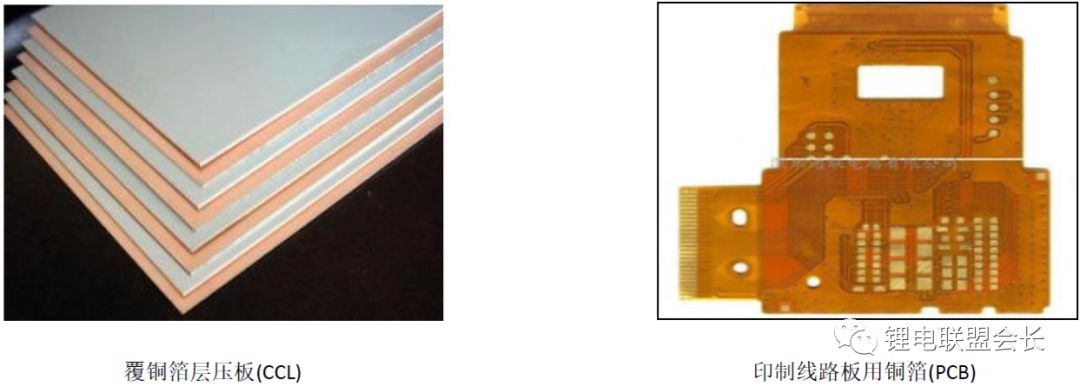
(2) Copper foil for lithium-ion batteries: As an anode current collector, copper foil is preferred due to its good conductivity, soft texture, mature production techniques, and cost-effectiveness. It is typically used with materials like graphite or petroleum coke in battery electrodes.
(3) Copper foil for electromagnetic shielding: Used in hospitals, communications, and military sectors, this type of copper foil is mainly electrolytic due to its ability to cover large areas effectively, unlike rolled copper which has width limitations.
Based on production methods, copper foil is divided into two main types: electrolytic copper foil and rolled copper foil.

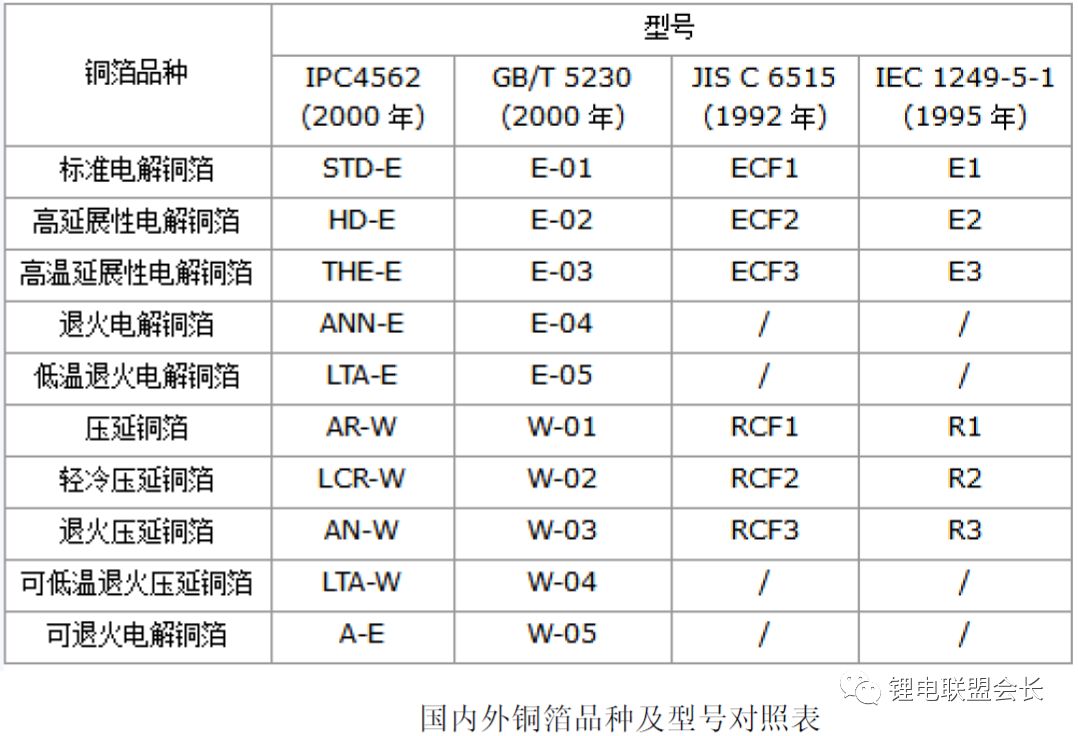
Second, the production method for lithium-ion battery copper foil:
(1) Calendered copper foil: This type is made from copper ingots through processes such as hot pressing, tempering, scaling, cold rolling, continuous annealing, pickling, calendering, degreasing, and drying. It requires high-precision equipment, leading to higher costs. The choice of rolling mill plays a significant role in the production process, often involving imported machinery.
Key technology: Calendered copper foil demands minimal thickness deviation, good flatness, and controlled residual stress. Rolling parameters such as speed, tension, and surface quality control are crucial during the process.
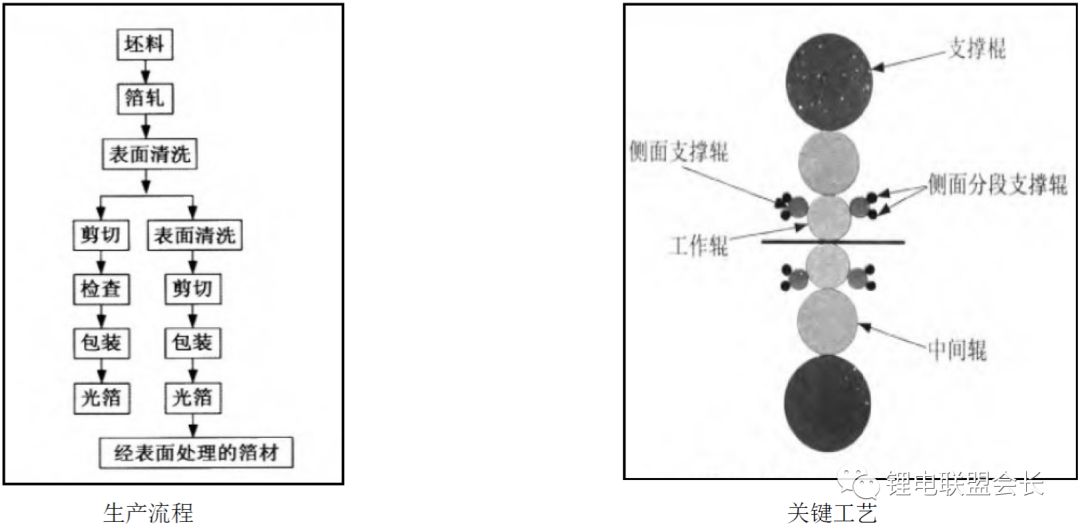

Surface treatment process of calendered copper foil:
(2) Electrolytic copper foil: Produced by depositing copper ions onto a rotating stainless steel or titanium cathode roller. The side facing the roller is smooth, while the opposite side is matte. Under direct current, copper ions from the copper sulfate solution are reduced and deposited on the rotating roller’s surface.
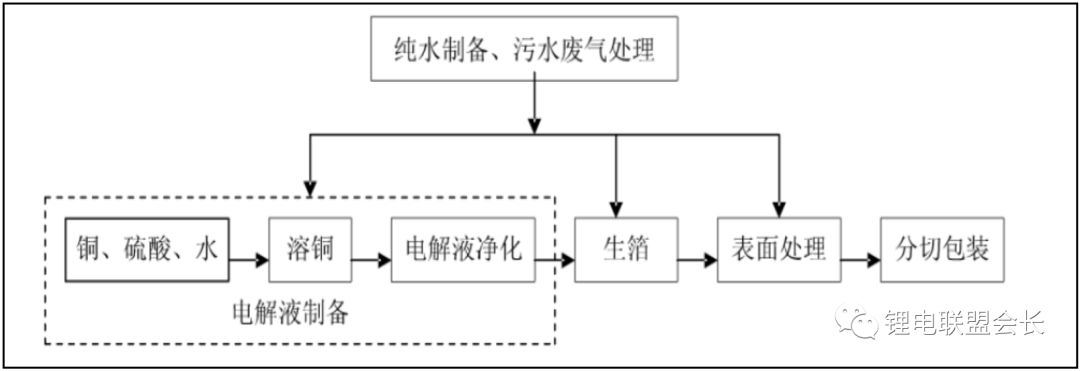
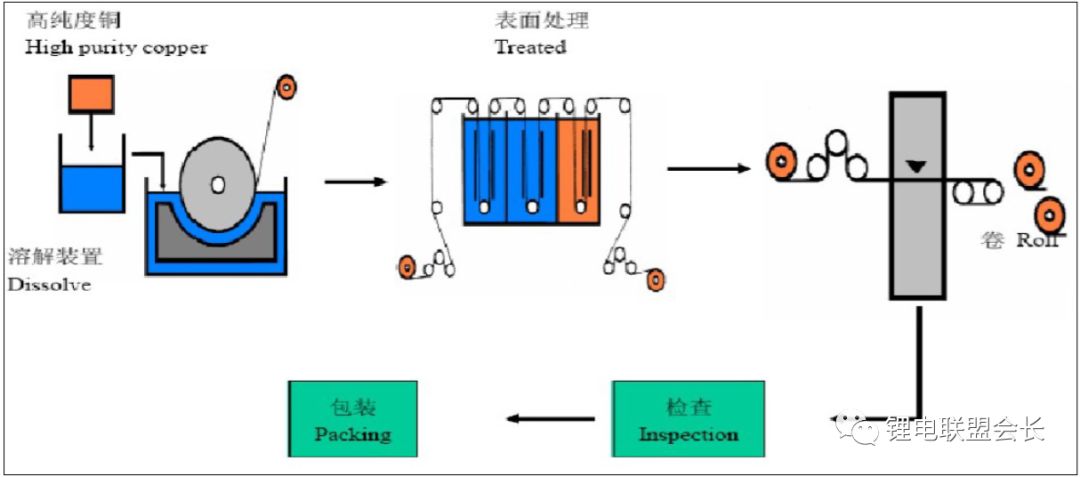
Pretreatment involves cleaning the raw foil, removing oxidation, and etching the surface using sulfuric acid, hydrogen peroxide, or mixed solutions.
Anti-oxidation treatment: To prevent oxidation during storage and use, the surface is treated with acid or alkali to form an oxide layer, enhancing resistance to oxidation.
Drying: Ensures moisture is fully removed without damaging the copper foil’s surface.
1. Differences between electrolytic and calendered copper foils:
First, their production methods differ—electrolytic copper is made via electroplating, while calendered copper is formed by coating. Second, their performance varies: electrolytic copper offers better conductivity, whereas calendered copper provides better flexibility, making it suitable for bending applications. Rolled copper is generally more expensive. Third, electrolytic copper has looser molecular structure, while calendered copper is denser and more flexible, especially when thinner. Phosphorus-containing rolled copper has finer grains but less flexibility compared to pure rolled copper.
Third, the inspection of copper foil:
To meet technical requirements such as thickness, weight, appearance, tensile strength, peel strength, high-temperature oxidation resistance, and resistivity, manufacturers also test additional properties like elongation, fold resistance, hardness, elasticity modulus, high-temperature elongation, surface roughness, etching, solderability, and color. Each manufacturer may have different standards and testing methods.
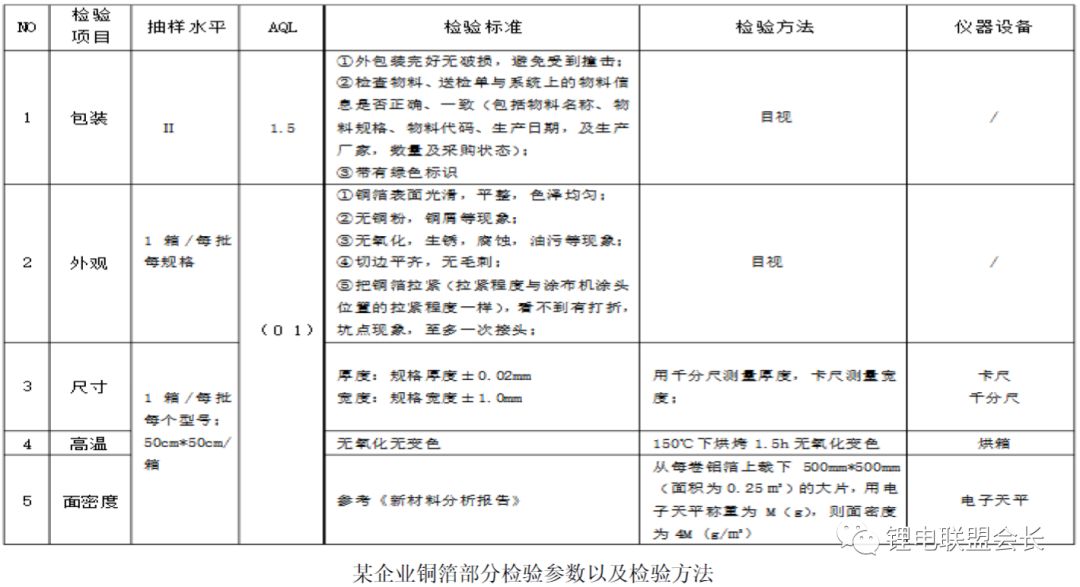
Fourth, the technical development trends of copper foil:
With increasing energy density, power battery manufacturers are demanding advanced copper foils such as ultra-thin (≤6μm), high-tensile-strength, porous, and coated copper foils. Porous copper foil, similar to porous aluminum foil, could enhance negative electrode performance but faces challenges in large-scale production, including coating, rolling, cutting, and winding. Coated copper foil improves adhesion, reduces internal resistance, and enhances electrolyte infiltration, but its compatibility with negative electrode materials still needs improvement.
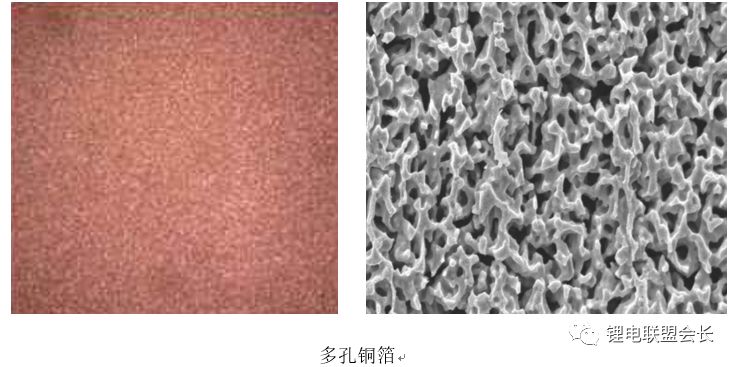
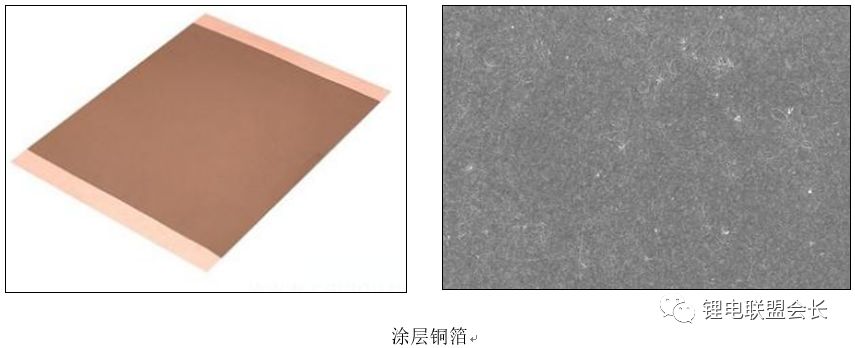
Summary:
This article introduces the classification, preparation process, and development trends of copper foil. Technological advancement relies heavily on repetitive experiments, verification, and detailed analysis—tasks that might seem mundane but are essential for scientific progress. For the new energy industry, consistent efforts by engineers at the grassroots level are crucial for continuous product upgrades and the realization of sustainable energy goals.
Used Hasee Laptops,Hasee Laptop,Hasee Gaming Laptop,Hasee Laptop Price
Guangzhou Panda Electronic Technology Co., LTD , https://www.panda-3c.com